The world of music has always been a frontier for technological innovation, from the invention of the phonograph to the rise of digital streaming. Now, a groundbreaking experiment is pushing the boundaries even further by leveraging the strange and counterintuitive principles of quantum entanglement to enable real-time musical collaborations across continents. This isn’t science fiction—it’s the cutting edge of both physics and art, where the ethereal connections between particles are being harnessed to create something profoundly human: shared creativity.
At the heart of this endeavor lies quantum entanglement, a phenomenon Albert Einstein famously dubbed "spooky action at a distance." When two particles become entangled, their states are inextricably linked, regardless of the physical distance separating them. Change the state of one particle, and its partner instantaneously reflects that change, defying the classical limits of space and time. Scientists have long explored this phenomenon for secure communication and quantum computing, but its potential for artistic expression is only beginning to be uncovered.
The idea of using quantum entanglement for real-time musical collaboration emerged from a collaboration between quantum physicists and musicians. Traditional methods of remote performance suffer from latency—the delay caused by the time it takes for signals to travel across vast distances. Even with the fastest fiber-optic cables, a musician in New York playing alongside a partner in Tokyo will experience a noticeable lag, making true synchronization impossible. Quantum entanglement, however, offers a tantalizing solution: instantaneous communication.
In a recent demonstration, researchers set up entangled photon pairs between two laboratories, one in Vienna and the other in Beijing. Each location was equipped with a specially designed quantum interface that translated musical input into quantum states. When a musician in Vienna played a note, the corresponding quantum state was altered, and the change was immediately reflected in Beijing. The result was a duet performed in perfect unison, as if both musicians were in the same room, despite being separated by thousands of miles.
The implications of this technology extend far beyond novelty. For classical ensembles, jazz improvisers, or even electronic music producers, the ability to collaborate in real time without latency opens up unprecedented creative possibilities. Imagine a global orchestra where performers from every continent contribute simultaneously, their interplay as seamless as if they were sharing a stage. Or consider the potential for music education, where students and teachers can interact with zero delay, regardless of location.
Of course, the technology is not without its challenges. Maintaining quantum coherence over long distances requires sophisticated infrastructure, including quantum repeaters to prevent signal degradation. The current setup is also limited by the need for highly controlled laboratory conditions, far from the chaotic environments of most live performances. Yet, as quantum networks expand and the technology matures, these hurdles may soon be overcome.
Artists involved in the project describe the experience as surreal. "There’s no delay, no sense of distance—just the music," remarked one violinist who participated in the Vienna-Beijing experiment. "It’s like the instrument in your hands is somehow also in someone else’s hands, halfway across the world." This blurring of physical boundaries resonates deeply with the communal spirit of music, where connection and synchronization are paramount.
Beyond music, the experiment hints at a future where quantum entanglement could revolutionize other forms of real-time collaboration. Telepresence, gaming, and even tactile feedback systems could benefit from instantaneous, lag-free communication. But for now, the focus remains on the artistic potential. As one physicist involved in the project put it, "We’re not just transmitting data—we’re transmitting emotion, creativity, the things that make us human."
The fusion of quantum physics and music may seem like an unlikely pairing, but it underscores a profound truth: science and art are both explorations of the unknown. One seeks to unravel the mysteries of the universe; the other, to express the ineffable dimensions of human experience. Together, they remind us that the most extraordinary breakthroughs often occur at the intersection of disciplines, where imagination and innovation collide.
As the project moves forward, the team plans to expand the network to include more locations and a broader range of instruments. The dream of a truly global, quantum-connected orchestra is inching closer to reality. For musicians and audiences alike, it promises a new era of artistic connection—one where the barriers of geography dissolve, and the only limit is the creativity of those who dare to play.
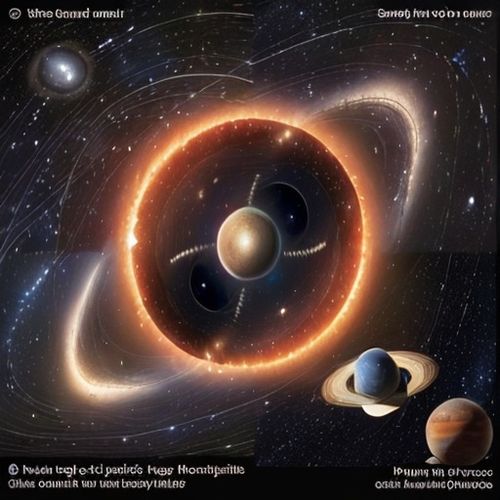
By Victoria Gonzalez/Apr 14, 2025
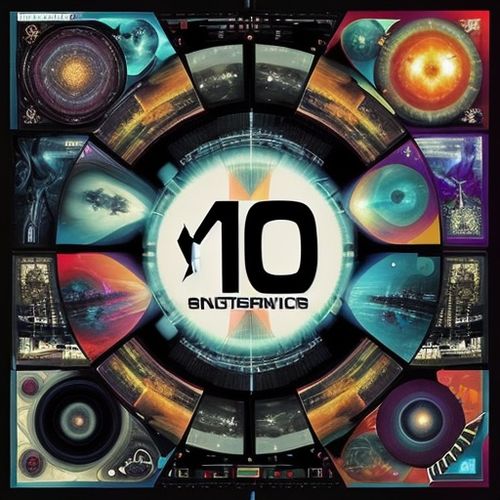
By Ryan Martin/Apr 14, 2025
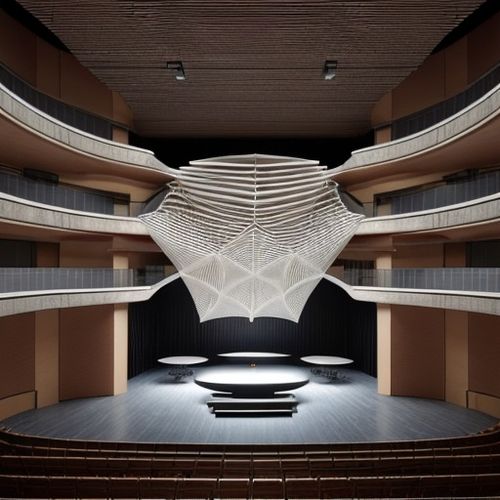
By John Smith/Apr 14, 2025
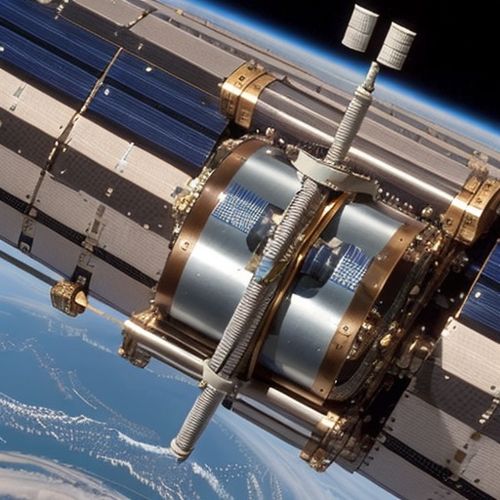
By Eric Ward/Apr 14, 2025
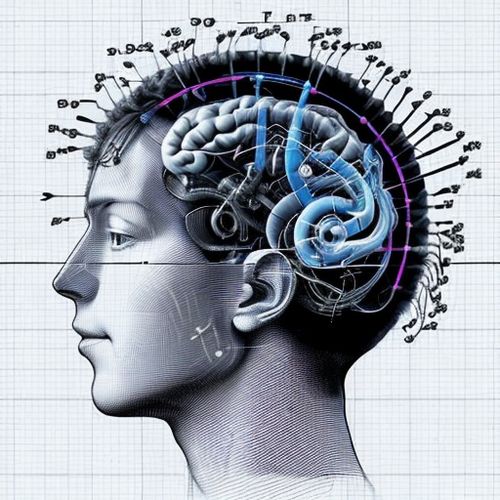
By Victoria Gonzalez/Apr 14, 2025
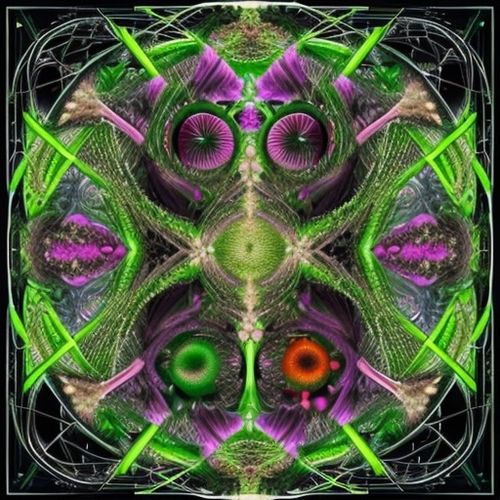
By Ryan Martin/Apr 14, 2025
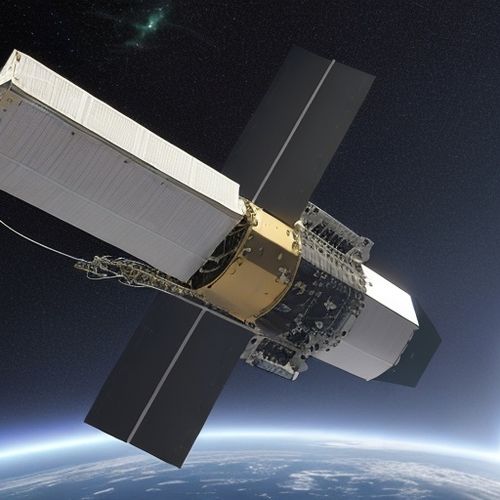
By James Moore/Apr 14, 2025
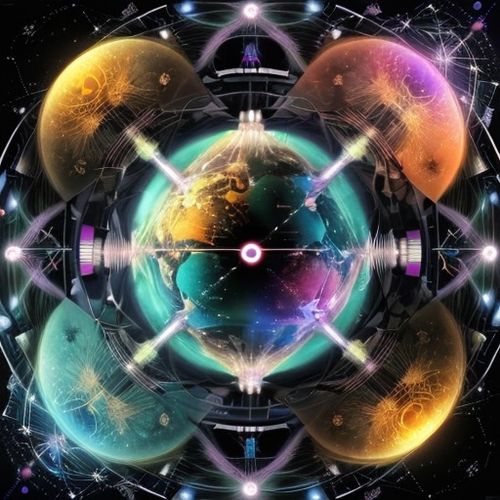
By Megan Clark/Apr 14, 2025
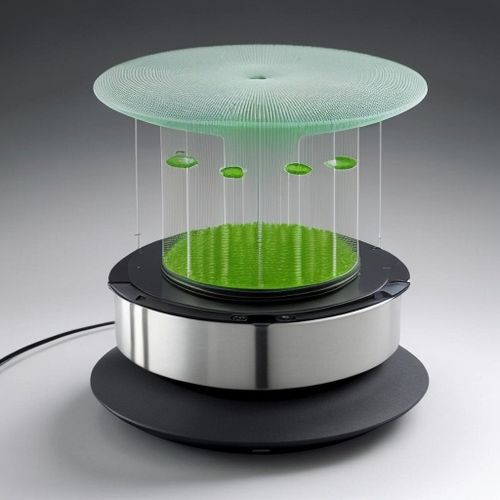
By John Smith/Apr 14, 2025
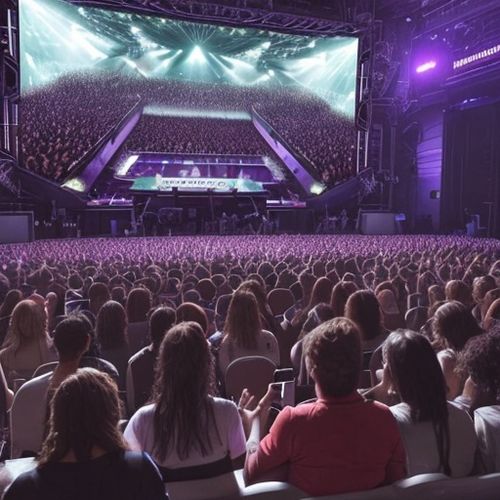
By Joshua Howard/Apr 14, 2025
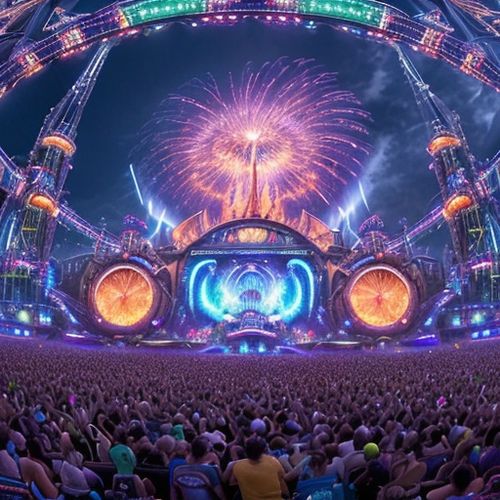
By Laura Wilson/Apr 13, 2025
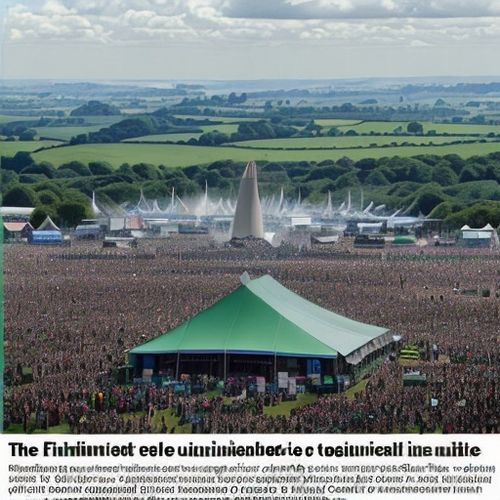
By Grace Cox/Apr 13, 2025

By Benjamin Evans/Apr 13, 2025

By George Bailey/Apr 13, 2025
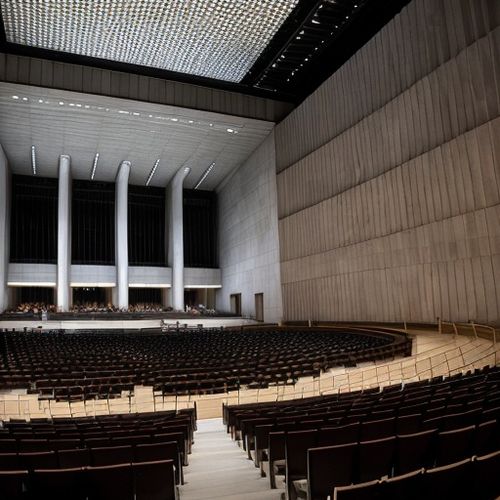
By David Anderson/Apr 13, 2025
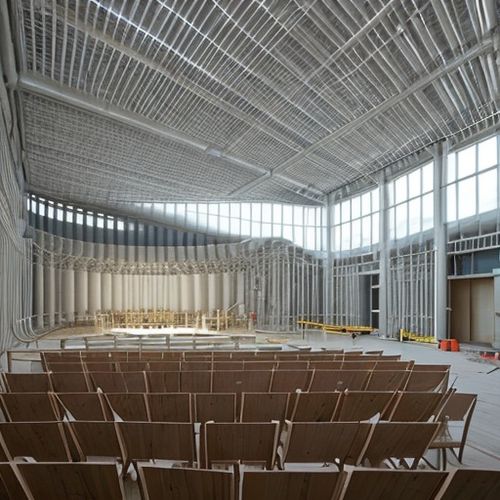
By Grace Cox/Apr 13, 2025
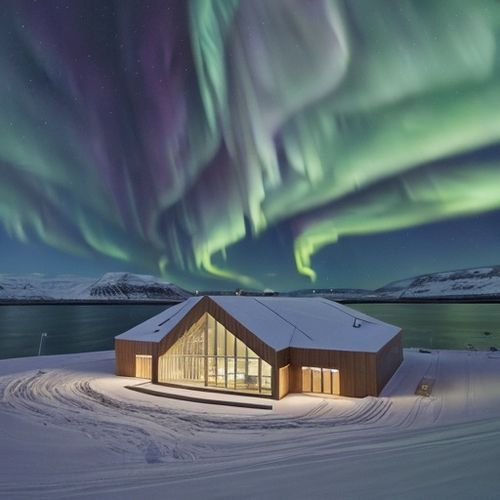
By William Miller/Apr 13, 2025
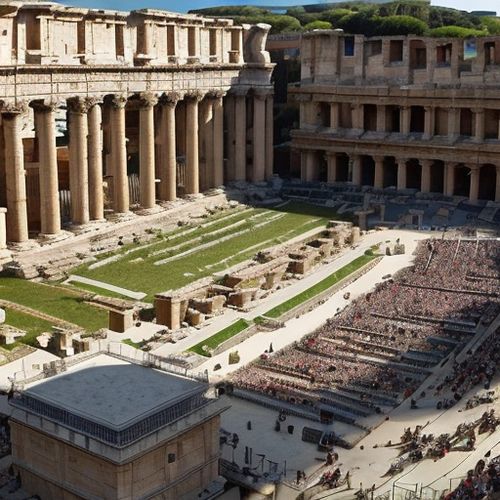
By Rebecca Stewart/Apr 13, 2025

By William Miller/Apr 13, 2025
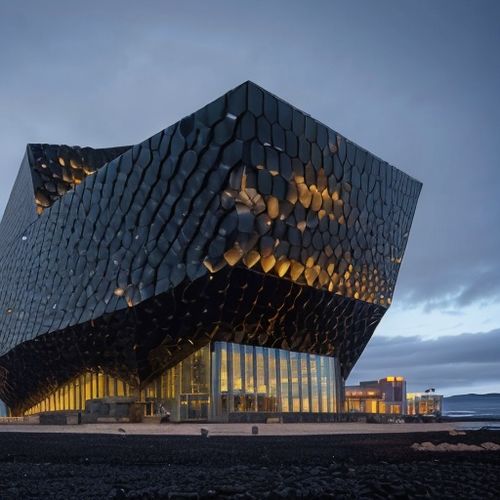
By Daniel Scott/Apr 13, 2025